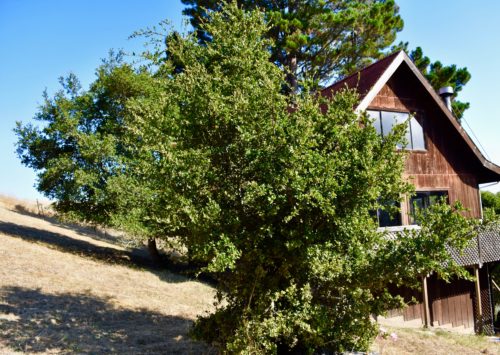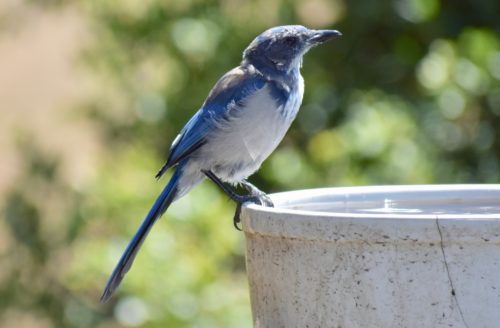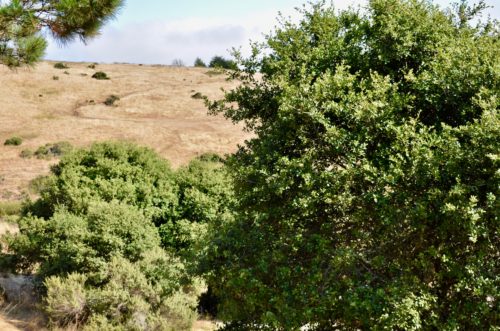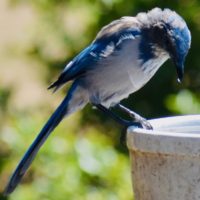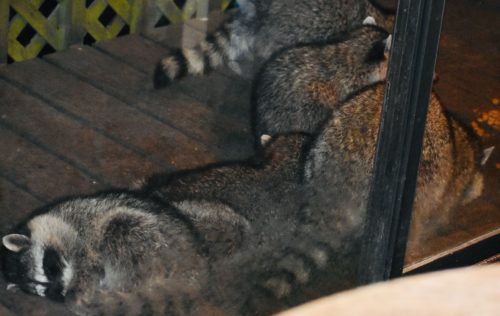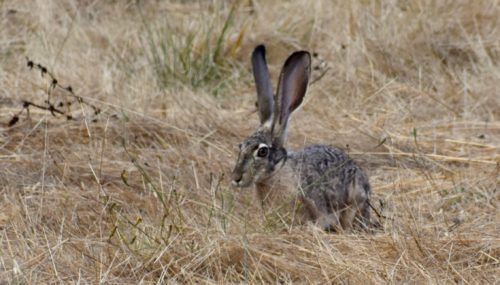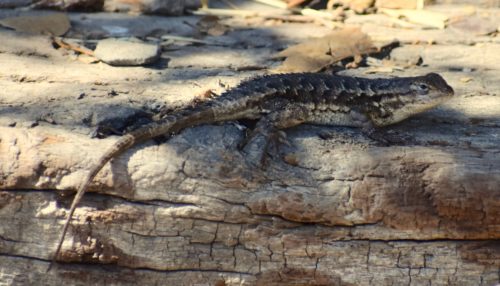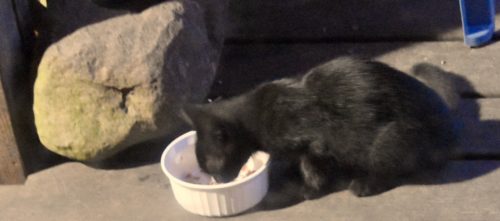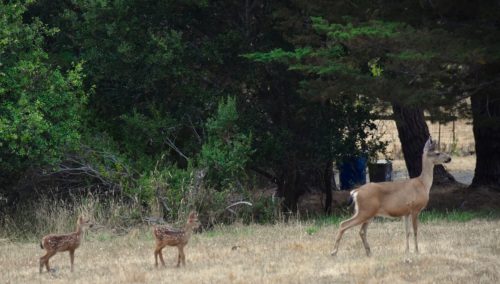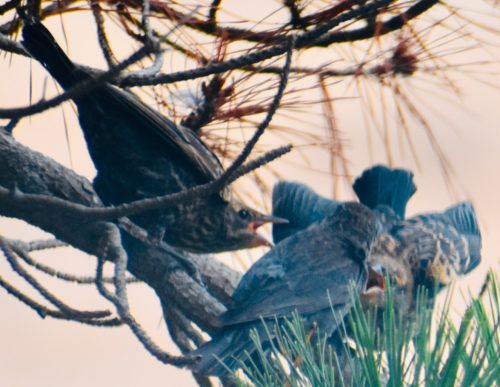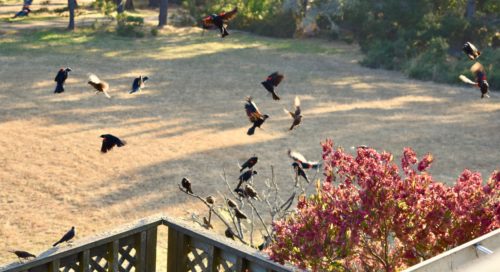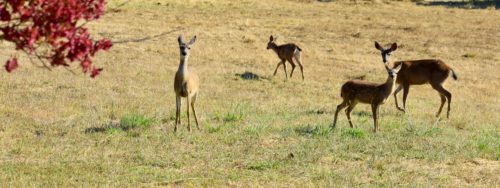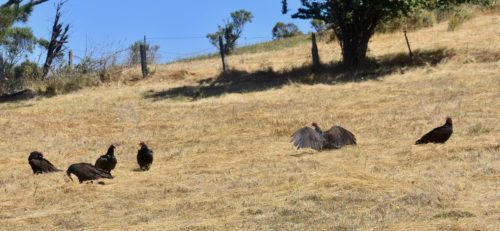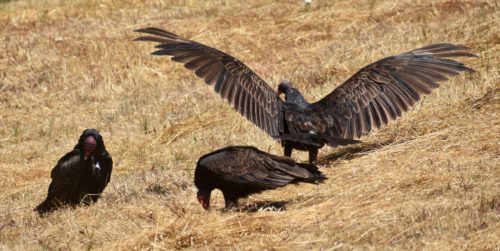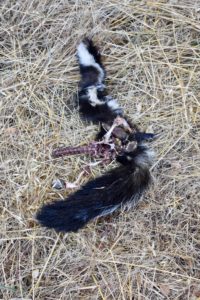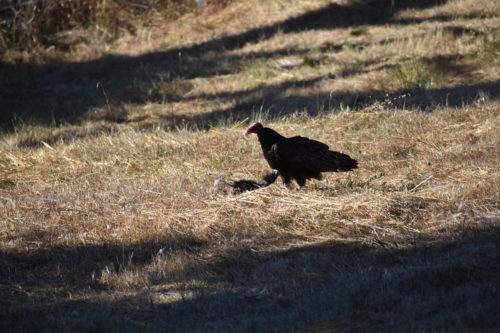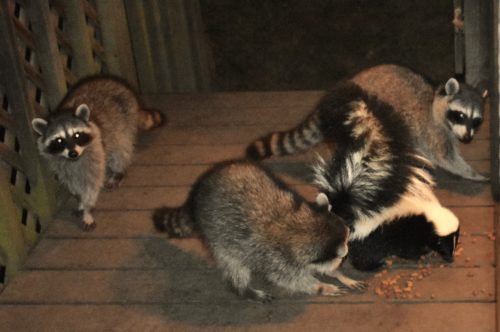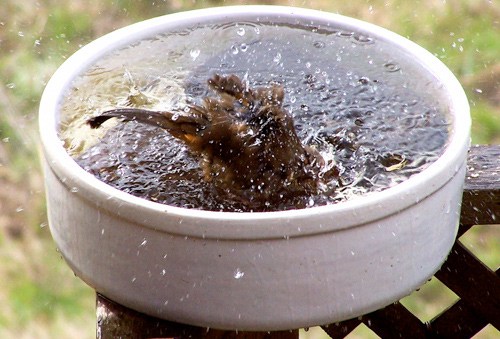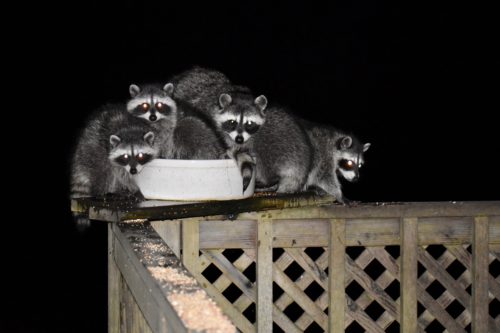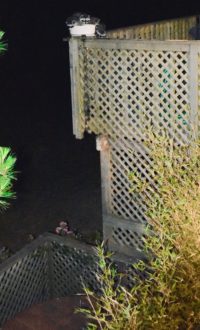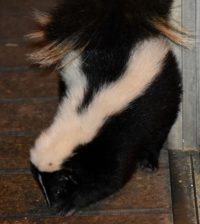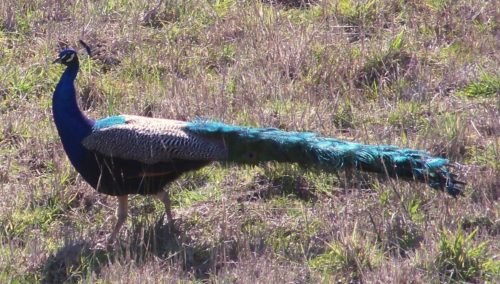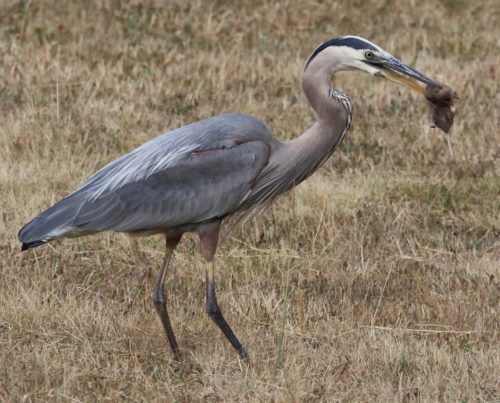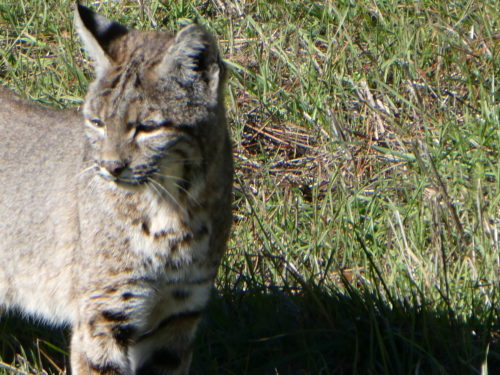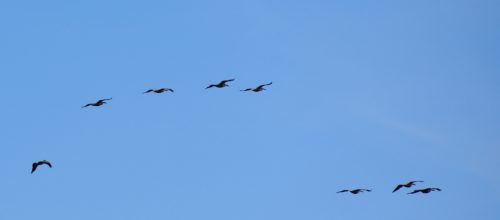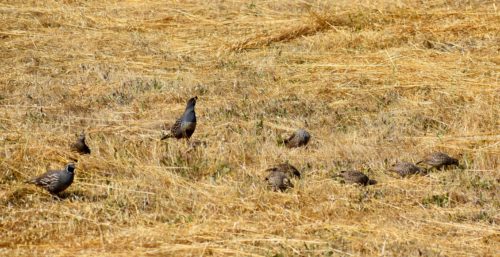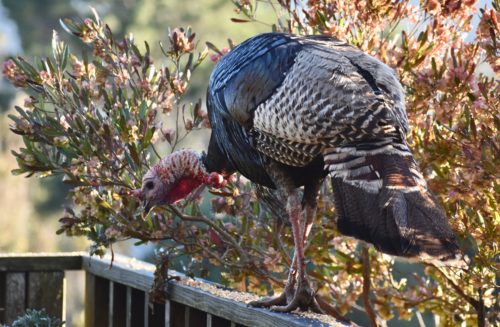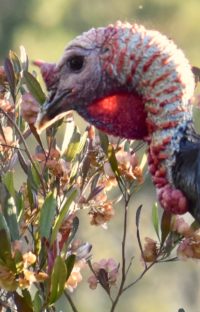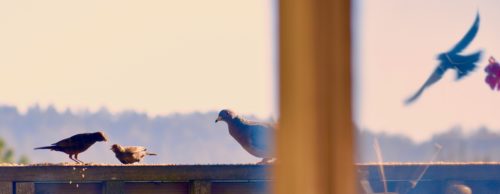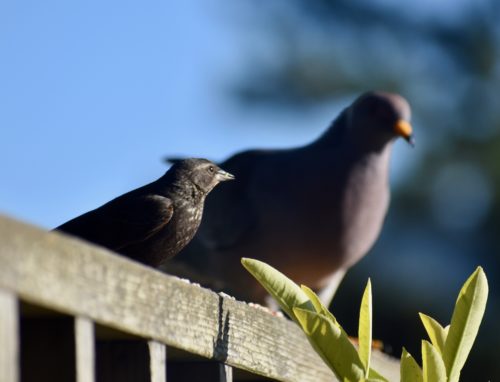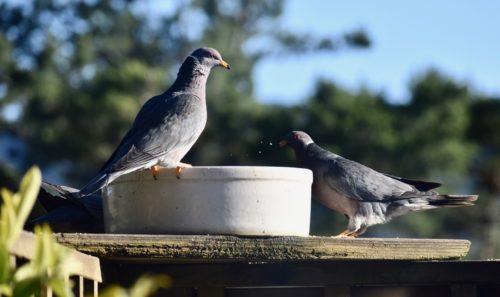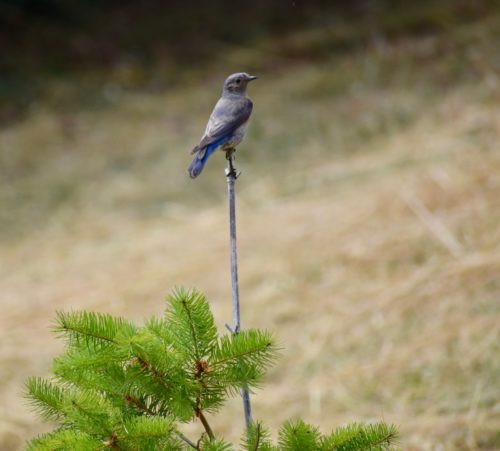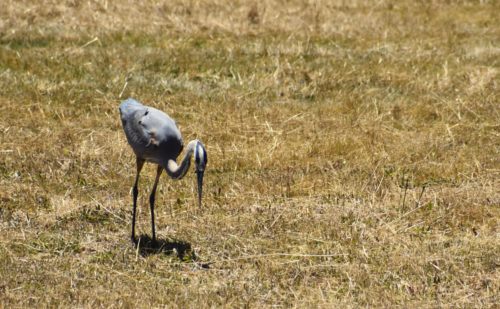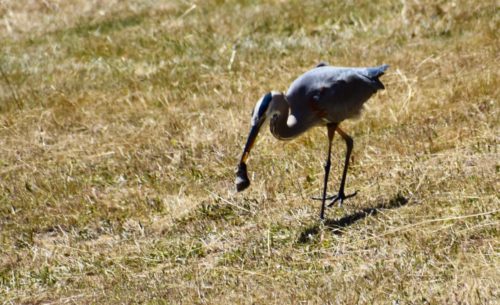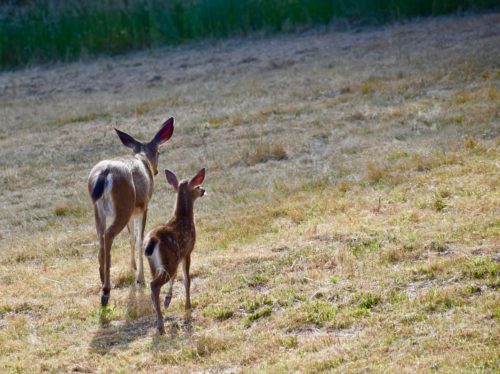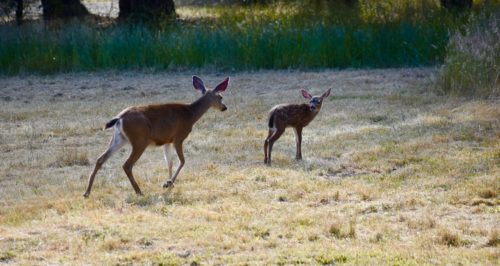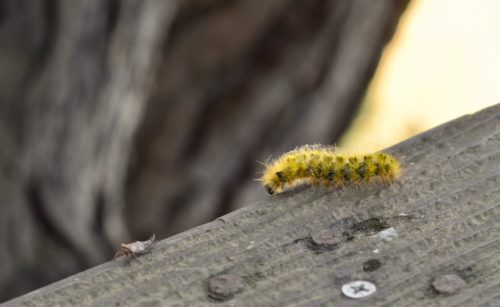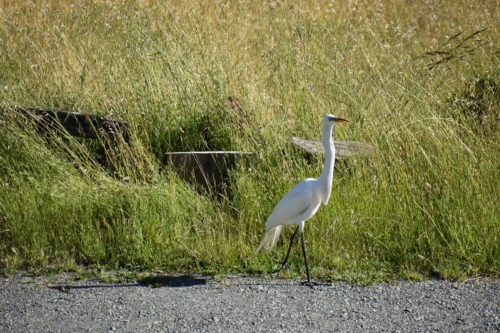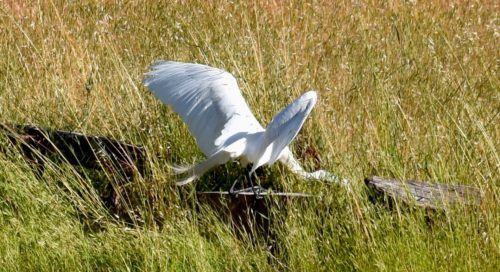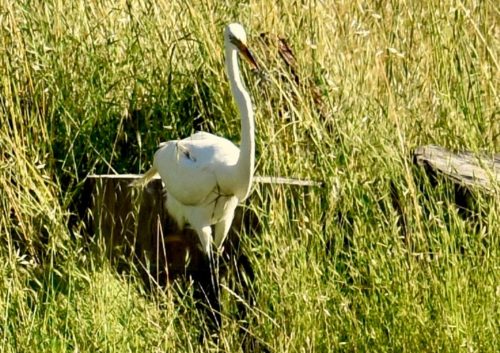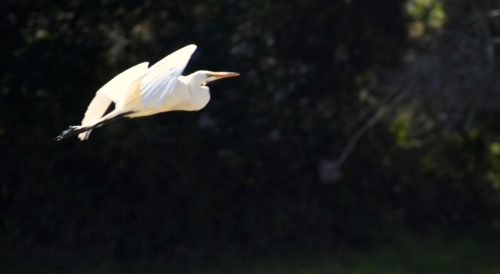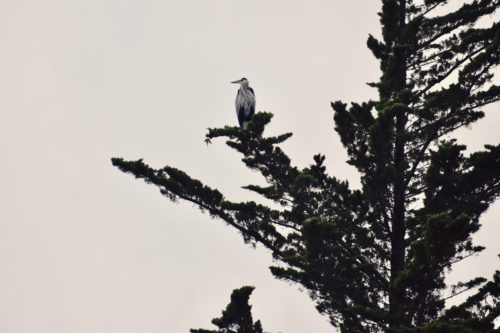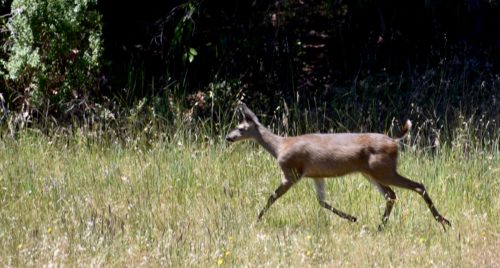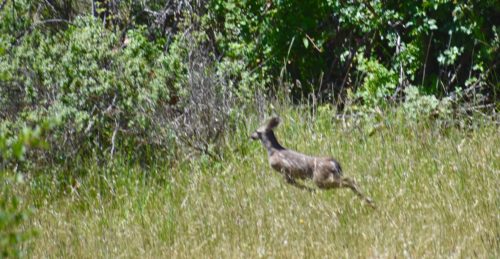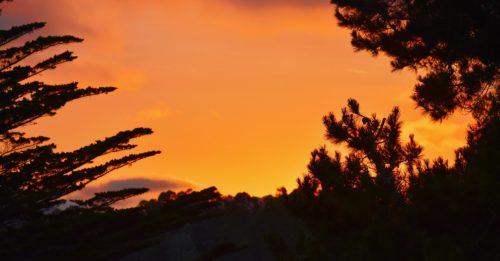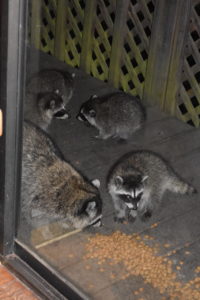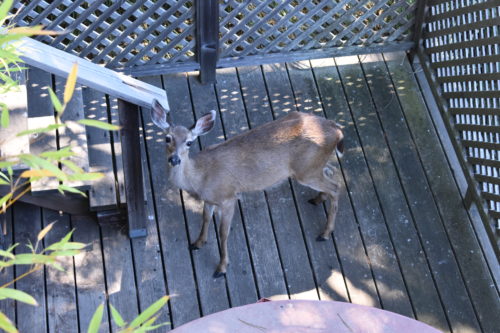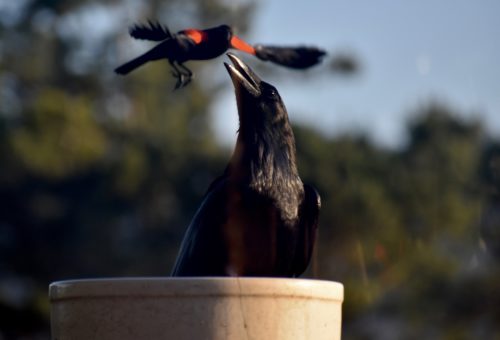Thu 27 Aug 2020
The bad news continues
Posted by DavidMitchell under General News, History, Point Reyes National Seashore, Point Reyes Station, West Marin nature, Wildlife
Comments Off on The bad news continues
Caveat lectorem: When readers submit comments, they are asked if they want to receive an email alert with a link to new postings on this blog. A number of people have said they do. Thank you. The link is created the moment a posting goes online. Readers who find their way here through that link can see an updated version by simply clicking on the headline above the posting.
Last week’s drama of wildfire, politics, and coronavirus continues, and none of it is better.
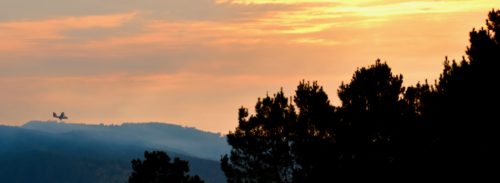
The Woodward Fire in the Point Reyes National Seashore had grown to more than 2,800 acres and was only 8 percent contained as of this morning despite more than 10 days of ground and aerial (seen above) firefighting. Residents south of Inverness Park on Silverhills Road, Fox Drive, and Noren Way have been ordered to evacuate.
Because the fire started near the Woodward Valley Trail on the ocean side of Inverness Ridge, it was named the Woodward Fire. And where does that name come from? In 1890, some members of San Francisco’s Pacific Union Club formed what they called “the Country Club” in the area for hunting, fishing, and socializing, Inverness historian Dewey Livingston told me this week. The hunting club building was at Divide Meadow. As it happened, two of the original members were brothers, Henry and Robert Woodward, and the trail is named after them.
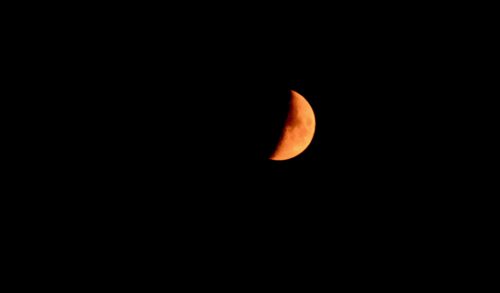
A red moon rose through the smoke Monday.

A pin given to me by Inverness friends Sunday takes note of a serious national security problem.
And while the fire raged, Republicans again nominated Donald Trump as their presidential candidate although on Sunday night he retweeted misleading Russian propaganda about his Democratic opponent Joe Biden’s communications with the Ukraine. Significantly, the US intelligence community had already identified the propaganda as part of Moscow’s ongoing effort to “denigrate” the Democrat ahead of the November election.
“The President of the United States should never be a willing mouthpiece for Russian propaganda,” responded Mark Warner, the top Democrat on the Senate Intelligence Committee.
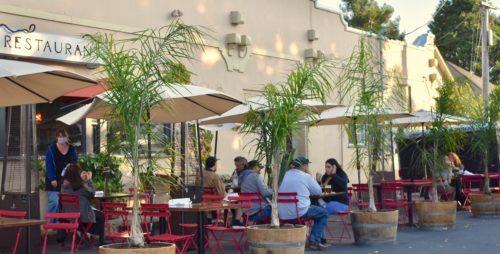
More bad news. Osteria Stellina on Point Reyes Station’s main street served its last meals Tuesday. Lynn and I had one last dinner there Monday. (She’s placing her order with a masked waitress at left.)
In the midst of the pandemic, with customers having been relocated to tables set up in a parking lane of C Street, owner Christian Caiazzo announced that for financial reasons he was closing the upscale Italian restaurant. He will now operate a pizzeria in Petaluma.
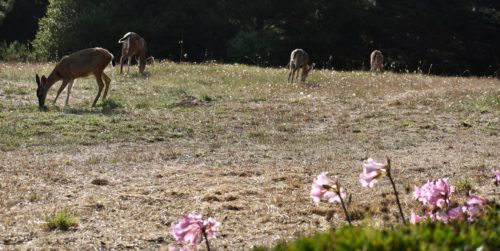
Deer Naked Ladies. In front of Mitchell cabin Saturday, two does, each with a fawn, grazed beside a patch of Naked Ladies, as Belladonna Lilies are commonly called. They were all very cute.

